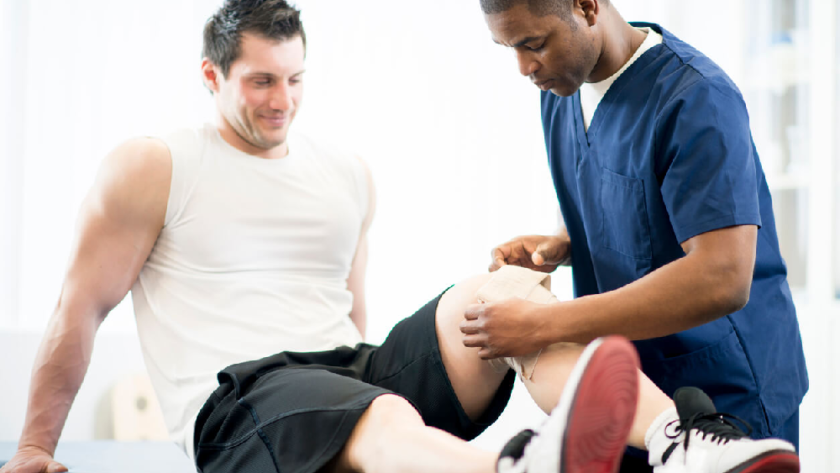If athletes are properly prepared, they can avoid 50 percent of injuries sustained while participating in organized sports. As the competitive level in younger age groups rises, it is the responsibility of the team’s sports medicine physician and coaches to be knowledgeable about proper conditioning programs and to know when to rest athletes to avoid unnecessary and avoidable injuries. Coaches, athletes, and parents must remember that just because an athlete is physically fit for one sport or position does not mean he or she is adequately prepared for another.
Athletes should be aware that there are four training seasons for any sport in order to be better prepared. The first is the postseason, which takes place 1-3 months after the regular season. Athletes should use this time away from the game to rest and recover mentally and physically. It is critical to take this time off so that the body can heal. This period of rest also aids the athlete in avoiding burnout.
The following season is the off-season, which lasts 4-6 months following the post-season. This is where intensive conditioning occurs 3-5 times per week, with the goal of improving strength, flexibility, and endurance. Many sports medicine physicians believe that flexibility and strength training improve physical performance while decreasing the risk of injury.
The third season is the preseason, which begins 1–2 months before the season begins. Workouts should now be modified to ensure that the athlete peaks at the start of the season. Athletes who have been properly conditioned will be ready to begin the regular season and will be less likely to sustain an injury.
Preseason conditioning is the most important thing for younger children. This age group should not be forced to participate in structured year-round conditioning programs like older athletes; instead, they should be encouraged to stay active and have fun when not in season. Many young children are expected to train harder and for longer periods of time in order to excel in sports. Proper preseason conditioning will not only help the young athlete excel by improving athletic abilities, but it will also help reduce the risk of injury by reintroducing the athlete to the sport gradually. Preseason conditioning aims to improve athletic performance while also preventing injury. The American College of Sports Medicine physician recommends that preseason conditioning begin six weeks before the start of the regular season and be done 3-5 times per week.
Proper pre-season conditioning should concentrate on two major components. The first involves increasing strength, flexibility, and endurance, while the second involves improving natural sport-specific movements and agility. Preseason workouts should begin with a focus on stretching as the athlete works to get into playing shape. This will increase flexibility and reduce the risk of injuries, such as sprains, strains, and tendonitis.
Then there’s the regular season. It is recommended that athletes continue to train anaerobically and aerobically 4-6 days per week to avoid de-conditioning and that they lift weights twice a week to maintain muscular strength.
Remember that many athletes do not train properly and are inactive during the off-season. Punishing them by overworking their bodies for the first week or two can result in a nagging or serious injury, with the possibility of missing the season. Athletes can be mentally and physically prepared for the start of the season by training properly, lowering their risk of injury, and allowing them to have fun while participating in their sport.




